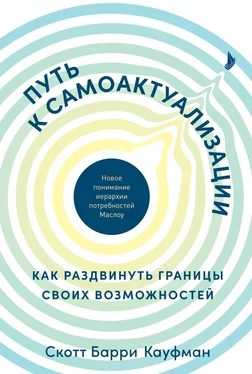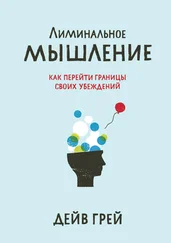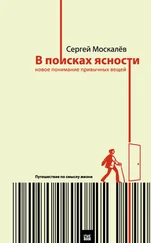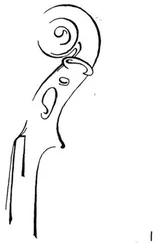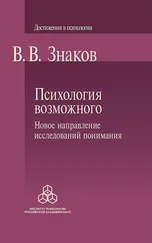Bateson, M., & Nettle, D. (2016). The telomere lengthening conundrum – it could be biology. Aging Cell, 16 (2), 312–319; Fox, N. A., & Shonkoff, J. P. (2011). How persistent fear and anxiety can affect young children’s learning, behavior and health. Early childhood matters ; Nettle, D., et al. (2017). Early-life adversity accelerates cellular ageing and affects adult inflammation: Experimental evidence from the European starling. Scientific Reports, 7 , 40794; Storoni, M. (2019). Stress-proof: The ultimate guide to living a stress-free life. London: Yellow Kite.
Watts, A. W. (1951). The wisdom of insecurity: A message for an age of anxiety. New York: Vintage Books, p. 77.
Paulos, J. A. (2003). A mathematician plays the stock market. New York: Routledge.
Hirsh, J. B., & Inzlicht, M. (2008). The devil you know: Neuroticism predicts neural response to uncertainty. Psychological Science, 19 (10), 962–967.
Cuijpers, P., et al. (2010). Economic costs of neuroticism: A population-based study. Archives of General Psychiatry, 67 (10), 1086–1093; Lahey, B. B. (2009). Public health significance of neuroticism. American Psychologist, 64 (4), 241–256; Tackett, J. L., et al. (2013). Common genetic influences on negative emotionality and a general psychopathology factor in childhood and adolescence. Journal of Abnormal Psychology, 122 (4), 1142–1153.
Schönbrodt, F. D., & Gerstenberg, F. X. R. (2012). An IRT analysis of motive questionnaires: The unified motive scales. Journal of Research in Personality, 46 (6), 725–742.
Fox & Shonkoff, How persistent fear and anxiety can affect young children’s learning, behavior and health.
Maslow, Motivation and personality, p. 66.
Nettle, D. (2017). Does hunger contribute to socioeconomic gradients in behavior? Frontiers in Psychology, 8 , https://doi.org/10.3389/fpsyg.2017.00358.
Fessler, D. M. (2002). Pseudoparadoxical impulsivity in restrictive anorexia nervosa: A consequence of the logic of scarcity. International Journal of Eating Disorders, 31 (4), 376–388; Swanson, D. W., & Dinello, F. A. (1970). Severe obesity as a habituation syndrome: Evidence during a starvation study. Archives of General Psychiatry, 22 (2), 120–127.
Swanson & Dinello, Severe obesity as a habituation syndrome, p. 124.
Orquin, J. L., & Kurzban, R. (2016). A meta-analysis of blood glucose effects on human decision making. Psychological Bulletin, 142 (5), 546–567.
Nettle, Does hunger contribute to socioeconomic gradients in behavior?; Orquin & Kurzban, A meta-analysis of blood glucose effects on human decision making.
Nettle, Does hunger contribute to socioeconomic gradients in behavior?
Fessler, Pseudoparadoxical impulsivity in restrictive anorexia nervosa.
Bowlby, J. (1982; originally published in 1969). Attachment and loss: Vol. 1. Attachment (2nd ed.). New York: Basic Books; Bowlby, J. (1973). Attachment and loss: Vol. 2. Separation: Anxiety and anger. New York: Basic Books; Bowlby, J. (1980). Attachment and loss: Vol. 3. Loss: Sadness and depression. New York: Basic Books.
Fraley, R. C. (2019). Attachment in adulthood: Recent developments, emerging debates, and future directions. Annual Review of Psychology, 70 , 401–422; Fraley, R. C., & Shaver, P. R. (2008). Attachment theory and its place in contemporary personality research. In O. P. John, R. W. Robins, & L. A. Pervin (Eds.), Handbook of personality: Theory and research (3rd ed.) (pp. 518–541). New York: Guilford Press.
Ainsworth, M. D. S., Blehar, M. C., Waters, E., & Wall, S. N. (1978). Patterns of attachment. Hillsdale, NJ: Erlbaum.
Kaufman, S. B. (2017). The latest science of attachment with R. Chris Fraley. The Psychology Podcast . Retrieved from https://scottbarrykaufman.com/podcast/latest-science-attachment-r-chris-fraley.
Bartholomew, K., & Horowitz, L. M. (1991). Attachment styles among young adults: A test of the four-category model. Journal of Personality and Social Psychology, 61 (2), 226–244; Hazan, C., & Shaver, P. R. (1987). Romantic love conceptualized as an attachment process. Journal of Personality and Social Psychology, 52 (3), 511–524.
Fraley, R. C., Hudson, N. W., Heffernan, M. E., & Segal, N. (2015). Are adult attachment styles categorical or dimensional? A taxometric analysis of general and relationship-specific attachment orientations. Journal of Personality and Social Psychology, 109 (2), 354–368; Fraley, R. C., & Spieker, S. J. (2003). Are infant attachment patterns continuously or categorically distributed? A taxometric analysis of strange situation behavior. Developmental Psychology, 39 (3), 387–404.
